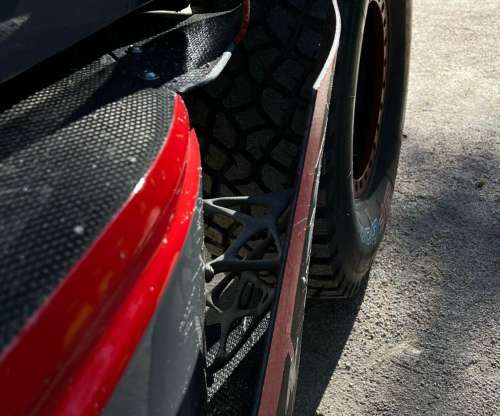DOE announces $29M in funding for fusion energy technology development
Green Car Congress
SEPTEMBER 3, 2020
The US Department of Energy announced $29 million in funding for 14 projects as part of the Galvanizing Advances in Market-aligned fusion for an Overabundance of Watts (GAMOW) program, which is jointly sponsored by ARPA-E and the Office of Science–Fusion Energy Sciences (SC-FES). University of California, San Diego.






















Let's personalize your content